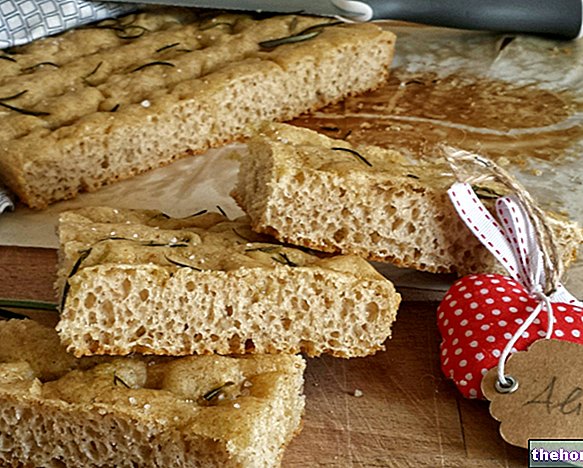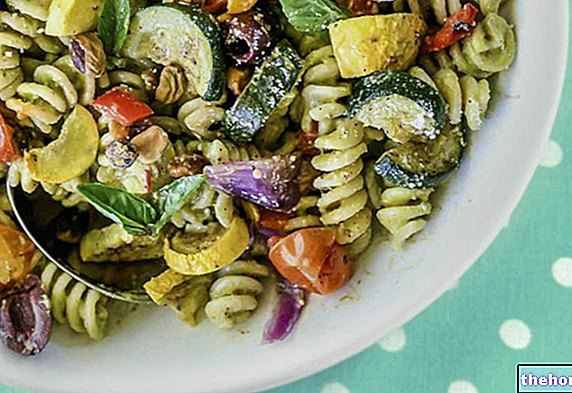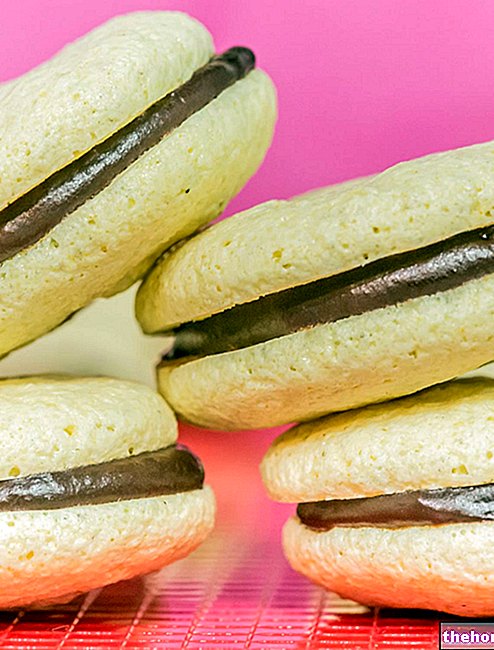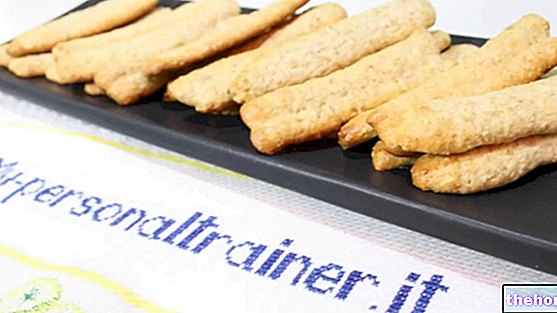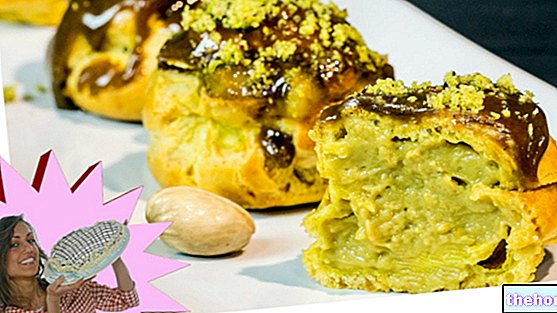In these sunny summer afternoons, the tomato seedlings in the garden are giving their best. I can even smell their intense scent from the kitchen window! The tomato is the undisputed king of summer vegetables. And today we will look for a way to taste the flavor of ripe tomatoes even in winter by preparing the classic passata, or pure tomato puree. The tomato puree can be prepared in two ways: raw and cooked. Considering the abundance of tomatoes in my garden, I have decided to offer you both variants. Today we will see the "raw" method, soon I will also show you the best known method (which instead involves cooking tomatoes). Let's see how to best preserve these vegetables.
Video of the Recipe
Problems with playing the video? Reload the video from youtube.
Identity Card of the Recipe
- 17 KCal Calories per serving
-
Ingrediants
- 2 Kg of San Marzano tomatoes
- Optional: a few basil leaves
Materials Needed
- Spacious bowls
- Spacious casseroles
- Machine for tomato puree or vegetable mill
- Glass jars with respective screw caps
- Dishcloths
- Pliers
- Ladles of various sizes
- Funnel
- Colander
Preparation
Before starting
In this recipe a “raw” method is proposed to preserve the tomato puree.
To prepare an excellent product it is good practice to use “San Marzano” type tomatoes, which must be very ripe. If the tomatoes are not ripe enough, it is recommended to let them ripen in the sun for a couple of afternoons.- Fill a large saucepan with water and light the fire until it boils.
- Meanwhile, wash the ripe tomatoes thoroughly in fresh water, then dip them into boiling water for about 5 minutes. Tomatoes can be removed from the water as soon as the peel breaks.
Why "scald" the tomatoes?
This will make it very easy to remove the peel, so you will get much less waste product.- Allow the tomatoes to drain and cool in a colander.
- In the meantime, sterilize the glass jars: immerse the jars (with their respective caps) in cold water, then bring to a boil.
- Remove the peel from the tomatoes: the operation is very simple and can be done with your hands.
- Operate the special machine for tomato puree: collect the skins and scraps in one container, and the pulp in another. Alternatively, cut the tomatoes into pieces and mash them with the vegetable press.
- Inevitably, you will get a very liquid puree because tomatoes contain a high amount of water. To make the puree more dense, it is advisable to filter everything through a clean cloth, placed on top of a colander and a bowl. The simple liquid will be collected in the container, while the (dense) tomato pulp will remain trapped in the cloth.
- Remove the jars from the water and fill them with the (raw) tomato sauce. Those who wish can add a few basil leaves to the jars. Close with the screw cap and sterilize the jars with the puree.
How to sterilize jars of tomato sauce?
At the bottom of a large saucepan, place a tea towel. Try to wrap the jars with the cloth, then fill the pot with water (taking care to completely cover the jars). Calculate 20 minutes from the moment of boiling. After this period, turn off the heat and let the jars cool in the same liquid. Remove the jars from the pot only when the water has cooled.- Keep the jars of tomato sauce in a cool and dry place for one year.
Alice's comment - PersonalCooker
The tomato puree is very ready to be stored in a cool and dry place. If you have correctly sterilized the jars, the puree will keep for at least a year! After opening the jar, the puree must clearly be flavored with a little oil, salt, pepper, basil or other spices to taste: about ten minutes of cooking and your sauce will be ready.Nutritional values and Health Comment on the recipe
The Tomato Sauce - “Raw” Tomato Preserves is the product of a tomato preservation technique WITHOUT the use of boiling. NB. The values quoted alongside refer to ripe San Marzano tomatoes but not deprived of water, which is why if filtration were used in order to dehydrate them, the energy intake could slightly increase. December data is not available.


